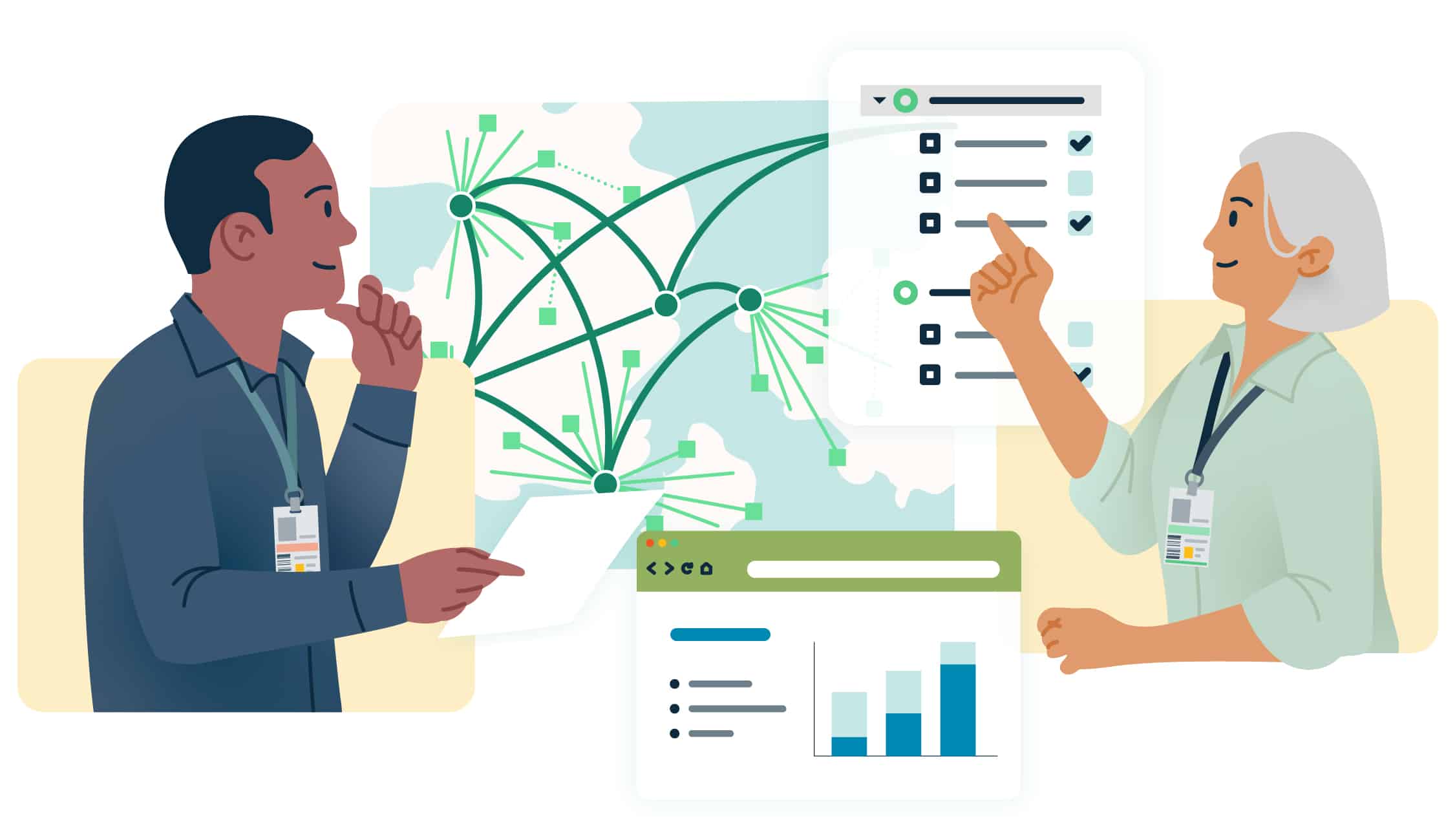Evolving public systems through design thinking
Design for Life develops technology, undertakes research, and provides education and unbiased insights to help health workers, nonprofits and governments better plan and design supply chain systems for public health, food, and disaster relief — so all people in low- and middle-income countries can live healthy lives.
The challenge
In low- and middle-income countries, economic instability, poverty and limited access to essential services can leave supply chains unprepared to handle public health, food, and disaster relief demands — so when crises hit, people suffer.
Our solution
Design for Life supports supply chain decision-makers in these countries to better plan and design for public health, food, and disaster relief. Using technology, education and research, we help health workers, nonprofits and government agencies be more efficient and effective — so they have the tools they need to support communities.
RESEARCH & INSIGHTS
Deep statistical analysis, exploration, and thought leadership
Add Your Heading Text Here
What is design thinking?

Design for Life gives decision-makers in low- and middle-income countries the tools they need to use design thinking to develop resilient supply chains.
Design thinking is a problem-solving methodology that involves setting aside everyday constraints, assumptions and paradigms. Rather than planning around those, participants iterate on a thoughtful, multi-threaded, empathetic solution. Design thinking can help people and organizations develop and implement innovative solutions that better meet people’s needs.
Who we serve

Nonprofits and NGOs
We work with local nonprofits and international NGOs to strengthen their supply chain design and planning efforts.

Public systems
We support public systems, such as local health departments, to build more equitable supply chains.

Government agencies
We partner with government agencies, such as ministries of health, to help them create supply chains that meet the needs of all.




